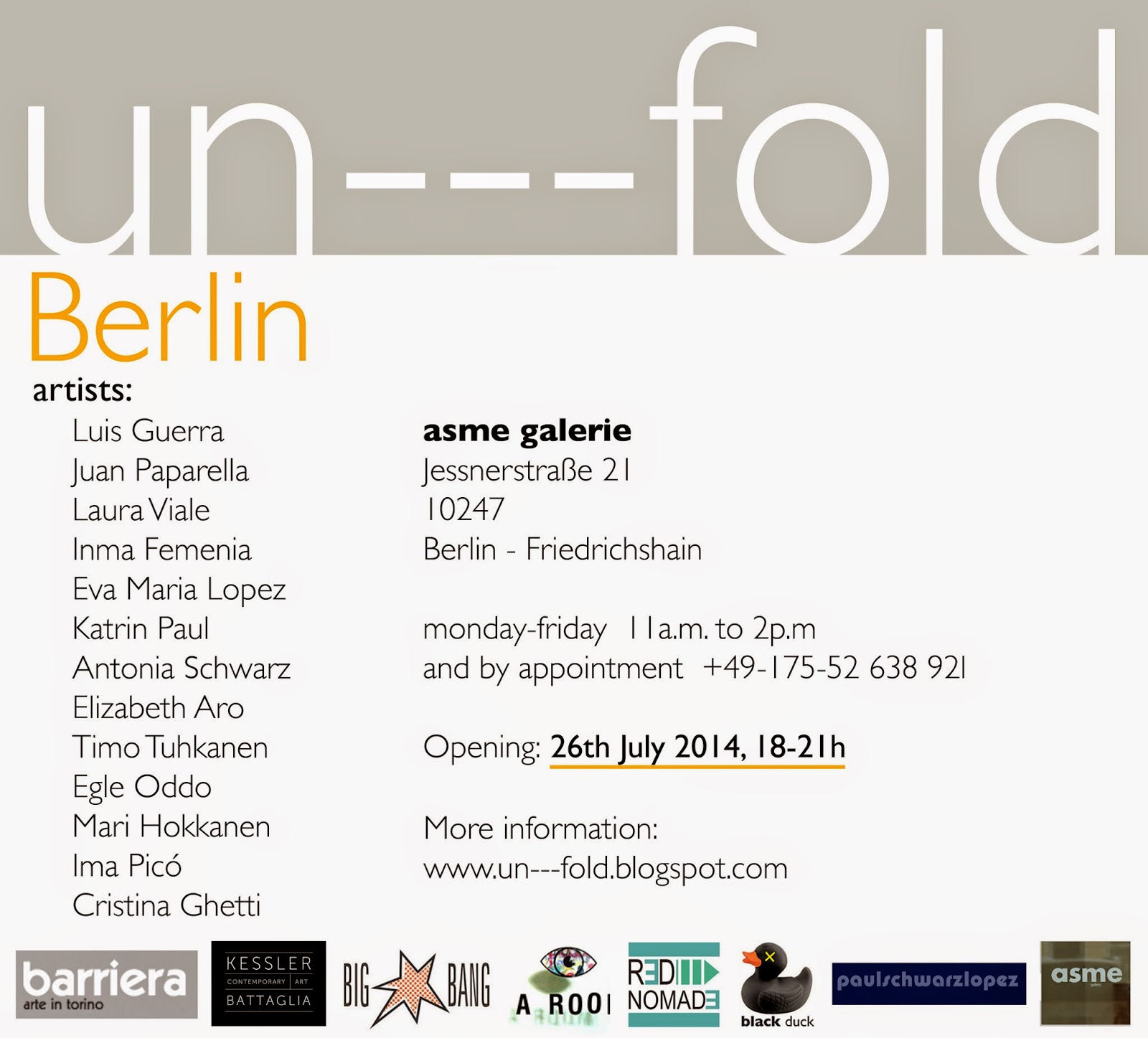Saturation. An intervention for a disorientated cartography
By Rían Lozano
The examination of the excess of information is central to the work of Ima Picó and it leads the artist towards the creation of a unique cartographic work.
Her work should be contextualised within the urban environment, in an era where the capitalist consumption has characterised, over the last decades, our age of global communication; where the use of the visual image -mediatised through the use of technology- is transformed into a mass media commodity essential for the chain of production.
The material used is directly extracted from the iconography of the urban environment. The exhibited works are plenty of references to the visual culture of the most industrialised societies: a global imaginary where the language of the communication industries has reached a level of standardisation and excess that, as the artist points out, has produced its own saturation.
In this way, Ima Picó makes use of ordinary urban signage images, incorporates onomatopoeias and advertising campaigns slogans, indicating –blatantly- the shallowness of the images that convey the perception of our everyday world.
As Arjun Appadurai explains, the mass communication systems and the migratory processes are the two main symptoms of our contemporary society; their synergy has an impact on the collective imagination and it is an important characteristic of the modern subjectivity. These two interconnected diacritics play key roles on Ima Picó’s work. On one hand, her works become an examination of the big changes that have taken place since the use and development of electronic mass media -and the impact that these have had in the shaping and perception of reality-. On the other hand, since she has participated on several international residency programs, Ima Picó has incorporated in her pieces the sense of mobility.
The fast flow of mass-media images and contemporary urban experiences and the current mass migrations (voluntary and forced, as Appadurai points out), have destabilise the production of modern subjectivity, establishing a disorder that becomes visible in the map created by the artist.
Thus, to put it summarily, electronic mediation and mass migration mark the world of the present not as technically new forces but as ones that seem to impel (and sometimes compel) the work of the imagination. Together, they create specifics irregularities because both viewers and images are in simultaneous circulation. Neither images nor viewers fit into circuits or audiences that are easily bound with local, national, or regional spaces (Appadurai, 2005: 4).
The combination of the four series featuring this show creates a new visual space, a paradoxical map of disorientation. In the artworks, the arrows -indication of direction in its primary use- point at imprecise places, the speech bubbles (protagonists of the series Stickers) contain typical symbols and standardised messages often lacking of a concrete meaning.
Our current hyper visual society, where the artist work is manifestly placed, has motivated the collapse of the information, focussed towards the immediate consumption and combined with a sense of voracious expiration. Therefore a contradictory situation is taking place. Walking down the streets of Tokyo, Manchester or Berlin, day after day strolling along the urban industrialised environments, paradoxically produces the drowning of the metropolitan scenery in its own visual excess.
But when the same images, standardised and repeated over and over, become decontextualised or, when the discarded advertising posters are extracted from its urban (dis)use and relocated to a space that does not belong to them -a place where they no longer fulfil their function in the late capitalist consumption and production chain- then it is when a dislocation of perception and meaning occurs.
With this gesture, along with a digital manipulation, Ima Picó suggests that the images of the urban life do not mean or, perhaps, they mean only because of its pure excess. As a result, when moving the images to an exhibition space, a collapse of communication and visual consumption takes place: when the everyday happens in a strange place, it becomes strange.
The paralysing sensation and the absence of meaning produced by the excess of visual information continues being the central element, but the intervention of the artist initiates the transformation of the saturation into a starting point for deliberation and, as the title of one of her works suggests, a escape to a new narrative artificial form (not natural). Therefore, the representations of the feminine body leading the series Manipulation, try to expose the tactics of the traditional visual discourse supported by the media and cultural industries.
In opposition to the dominant mass media representations, and far from the traditional artistic representation approach where the female body appears as an immediately exposed object -pursuing the ideal of beauty- Picó presents three figures wrapped up in themselves: three bodies hiding from or, perhaps, repelling the gaze of the voyeur-consumer.
In Saturation, the big dimensions of the mural composed by eighteen images printed on vinyl, digitally transformed photographs taken in Tokyo, stir in the spectator a sense of surprise and a impression of sensory collapse: the artist appropriates the spectacular format of the advertising poster and introduces it in an indoor space devoted to the exhibition of art. Something similar, using this time a light box, takes place in her piece Artificial_Scape (2). In this case, the base matter to be transformed are photographs taken in the streets of Manchester and Berlin, intertwined with faces of models from different magazines.
Altogether, the four series used the leftovers of the late capitalist and transnational visual landscape. Through her manipulation, Ima Picó demonstrates aptitude to interfering directly with it, creating a critical reflection about its use and (non)sense.
Rian Lozano. 2008
1 Appadurai, A. (2005 [1996]). Modernity at Large. Cultural Dimensions of Globalisation. Minneapolis/London: University of Minnesota Press.
